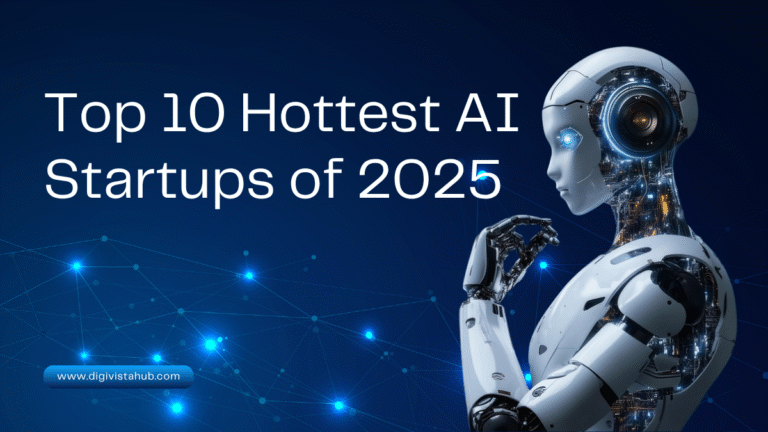Michael Kranawetter, Senior Director Analyst at Gartner, highlights the critical need for stronger collaboration between risk management and governance in the face of evolving threats and regulations.
The rapid pace of digital transformation, coupled with emerging frameworks like the NIS2 directive, is forcing organisations to tackle two interrelated challenges: adjusting to stringent regulatory demands and managing increasingly complex cybersecurity threats.
So how can businesses effectively address these dual pressures while staying resilient?
To delve deeper into this question, we spoke with Michael Kranawetter about the essential strategies for aligning Cyber Governance, Risk, and Compliance (GRC) practices with broader risk management goals. Our conversation explored key topics such as the integration of AI, the importance of proactive governance, and the milestones businesses need to focus on in the years ahead.
Building the Foundations for Effective Governance
One of the most pressing priorities for organisations is moving from reactive cybersecurity measures to a proactive governance model. According to Kranawetter, this transformation begins with establishing robust governance frameworks, such as the recently updated NIST Cybersecurity Framework (CSF) 2.0.
“Governance frameworks clarify decision-making responsibilities, align processes with organisational goals, and ensure that cybersecurity initiatives are both strategic and scalable,” Kranawetter explains.
These frameworks act as a blueprint, enabling businesses to embed cybersecurity considerations directly into their overarching risk management strategies. However, challenges abound—resource limitations, coupled with the complexity of integrating advanced technologies like artificial intelligence, can slow progress.
By prioritizing a proactive stance, organizations gain the ability to identify risks earlier and address them before they escalate. Continuous monitoring, facilitated by governance frameworks, plays a pivotal role in this shift.
“Real-time monitoring allows businesses to stay agile and respond dynamically to emerging threats, minimizing disruptions,” says Kranawetter. This approach is especially critical in today’s fast-evolving threat landscape, where timely action can mean the difference between containment and widespread impact.
Harnessing AI to Predict and Prevent Threats
Artificial intelligence has emerged as a game-changer in cybersecurity, providing the tools needed to predict risks, automate processes, and continuously monitor vulnerabilities.
“AI is shifting risk management from reactive problem-solving to predictive foresight,” Kranawetter notes. “It enables organisations to anticipate threats and take preventive measures, enhancing overall resilience.”
AI-powered tools excel at automating risk assessments, significantly reducing manual workloads while improving accuracy. Predictive analytics, in particular, allow businesses to detect vulnerabilities well before they become critical issues.
However, Kranawetter cautions that leveraging AI effectively requires thoughtful investment in both training and resource allocation. “The real value of AI comes from combining it with a strong governance framework. This synergy amplifies its impact, ensuring that AI-driven insights are actionable and aligned with business priorities.”
To overcome resource challenges, Kranawetter recommends focusing on high-impact areas where AI can deliver immediate results, while equipping teams with the skills needed to harness these advanced technologies effectively.
Aligning Cybersecurity with Organizational Goals
To maximise the impact of Cyber GRC initiatives, they must go beyond compliance and integrate seamlessly with broader business objectives. This requires cybersecurity leaders to clearly articulate the value of their strategies in terms that resonate across the organisation.
“Cybersecurity is not just a cost centre; it’s a driver of growth and resilience,” Kranawetter emphasises. Demonstrating how cybersecurity supports business goals—whether by enabling secure innovation or reducing operational risks—helps gain buy-in from stakeholders.
Cross-functional collaboration is also essential. For instance, closer partnerships between cybersecurity and legal teams will be crucial for navigating new regulations like NIS2. At the same time, regular engagement with executives and board members can foster alignment and build trust.
“Creating shared ownership of cybersecurity strategies ensures they remain a priority at every level of the organisation,” Kranawetter explains. Transparent communication and clearly defined metrics that tie cybersecurity efforts to tangible business outcomes—such as reduced risk exposure—help secure continued investment and commitment.
The Road Ahead: Key Milestones for Cyber GRC
Looking to the future, organisations must focus on achieving specific milestones to strengthen their Cyber GRC strategies. Over the next 18 to 36 months, key priorities should include:
- Adopting well-defined governance frameworks, such as NIST CSF 2.0.
- Implementing systems for continuous monitoring and control.
- Leveraging AI-driven analytics to quantify risks and enhance decision-making.
“The future of Cyber GRC lies in bridging operational needs with strategic objectives,” Kranawetter advises.
By aligning governance efforts with business goals, investing in AI capabilities, and focusing on impactful risk mitigation strategies, organisations can build a foundation that not only protects their operations but also positions them for long-term success in an increasingly uncertain landscape.















